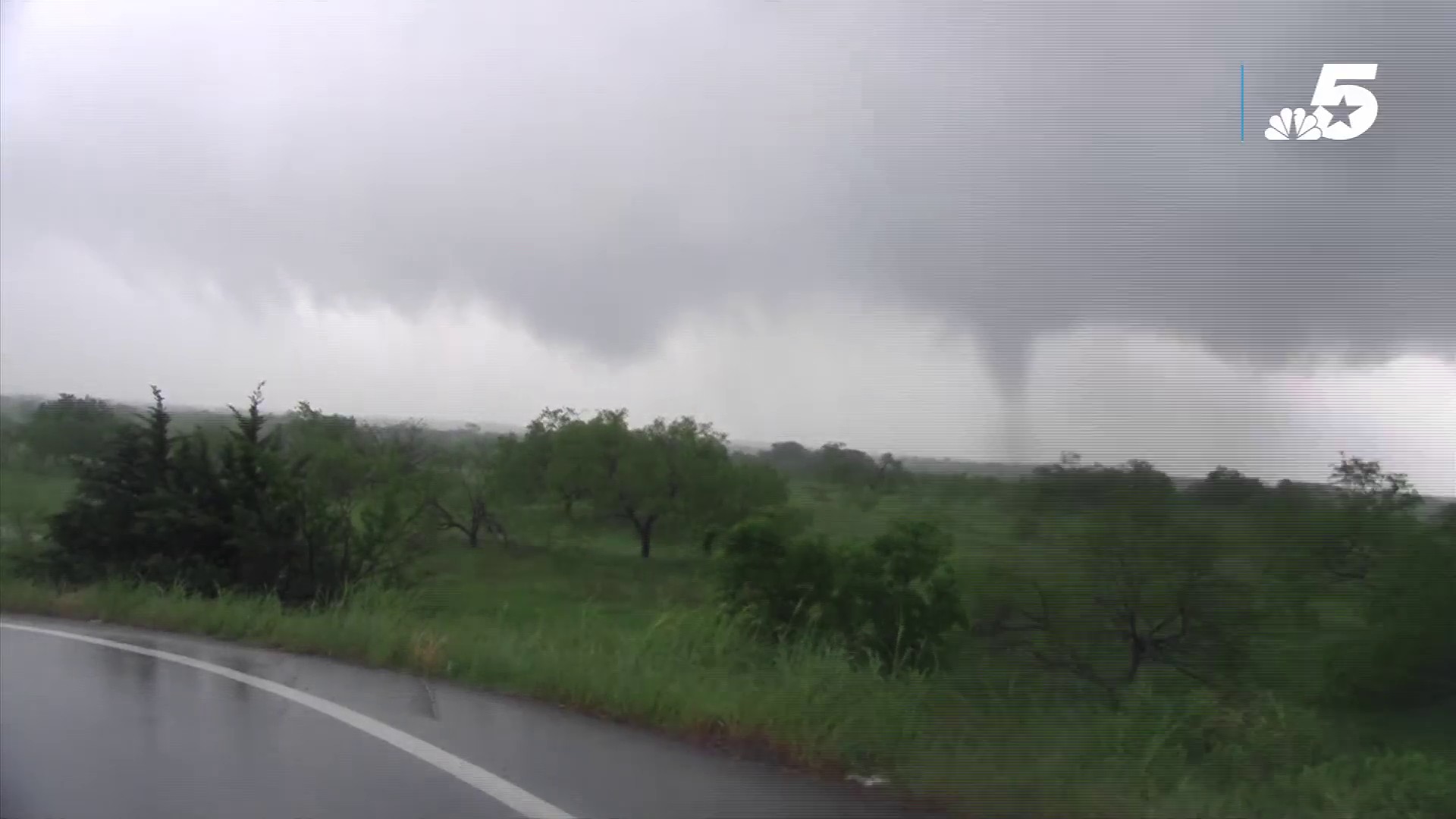There are two meetings planned Thursday evening that will address quality of life issues in Fort Worth: urban development and pedestrian safety.
A Street Safety Forum will be held at 6 p.m. Thursday to address concerns and possible solutions to what has become a growing problem in Fort Worth.
Since 2011, Fort Worth has been listed by the Federal Highway Administration as a focus city due to a high number of pedestrian fatalities, according to a news release.
According to MedStar Mobile Healthcare, one in four fatal traffic incidents in Fort Worth involves a pedestrian. MedStar also estimates they respond to an average of two pedestrian-related traffic incidents every day, and that three pedestrians are killed within the city every month.
According to the city news release, objectives for a street safety education campaign in Fort Worth include:
- Creating a consistent and meaningful campaign that increases safety for pedestrians, bicyclists and motorists.
- Reducing incidents involving pedestrians, bicycles and motor vehicles.
- Engaging and collaborating with interested city, regional and community groups.
The forum will be at the Fort Worth Botanic Garden, 3220 Botanic Garden Blvd.
Local
The latest news from around North Texas.
Also at 6 p.m. Thursday, at Fort Worth City Council Chambers, proposed changes to the Mixed Use and Urban Residential zoning ordinances will be discussed.
The MU and UR designations allow for density, as seen in areas like the popular West Seventh street development west of Downtown — a tightly-packed grouping of restaurants, bars, shops, apartments and condos.
West Seventh has been designated an urban village by the city, one of 16 villages planned in Fort Worth, which is an urban planning effort to create a “city within a city” and fight the flight to the suburbs.
According to the Fort Worth League of Neighborhoods, concerns about urban villages include a lack of parking and a level of increased density that could threaten neighborhoods.



